"Do not subscribe to the idea that every rower MUST deadlift from the floor". Benefits of Deadlifts for Rowers1) Improves Performance and Reduces Injury Potential The deadlift replicates a powerful portion of the rowing stroke, and can be used to address limitations of the stroke. It develops strength where it's needed in the stroke, and it develops strength where the stroke cannot build strength (due to the lack of hip extension). The deadlift trains the lower-body, the back, and the core all in a connected fashion, the same way the stroke should be. Due to all of these facts, deadlifts can be used to reduce the chance of an injury on the water and improve the performance of each drive. 2) Identifies limitations The deadlift can identify mobility or stability limitations, allowing you to address them before they become a problem. If an athlete can't get into a good starting position they'll have a harder time managing the weight of the stroke. What do they need? Mobility or core stability? The answer is probably a combination, but here are a couple of clues:
If you see either technical error stop them right away, regress the movement, and begin to coach them out of their limitation. 3) Reduces energy leaks The deadlift allows you to teach the athlete to create and maintain tension. If an athlete can't create and maintain tension they are leaking energy. Leaked energy reduces performance, and is usually absorbed by joints, tendons, ligaments, and tissues (which eventually break down due to excess stress). 4) Strengthens weak links The deadlift allows the athlete to complete hip extension, a movement that is far too rare in a rower's training. Without complete hip extension our glutes aren't fully developed. The glutes tend to be a weak point for rowers and because of this, and a few other factors, a whole chain of negative adaptations take place. This puts rowers in a very common overextended position which puts them at risk for a slough of injuries ranging from spinal injuries to rib stress fractures. 5) Serves as another coaching opportunity The deadlift can be used as another coaching opportunity. I've made many corrections on the deadlift that have found their way back to the water. The deadlift can be related to the stroke, allowing the coach another method to teach the stroke. The more times you can explain the same motion in a different way, the better. Deadlifting for Rowers: Take Note Individualize Since everyone's body type varies it's important to adjust the deadlift to fit the individual. Do not subscribe to the idea that every rower MUST deadlift from the floor (some people just aren't made for it). If an athlete is currently unable to get into a good starting position, regress the movement to an elevated version and/or return to teaching the hip hinge. Identify their limitations and try to work them down to the floor overtime. Addressing their individual limitations on land may transfer over to the water. One Rep Conventional wisdom tells you to pick up the weight and rep out as many good reps as possible. I however, prefer singles for rowers. That means get into position, create tension, pick up the weight, put it down, and repeat. This forces the athlete to learn how to set themselves in a good position, create tension, and produce force. When singles aren't performed the first rep tends to always be rushed through and done incorrectly because it is the hardest rep to perform well. If the athlete can perform each single with great technique they have a better opportunity to transfer quality technique to their strokes. In the boat each stroke ranges from about 56-166 pounds of force. If the athlete doesn't know how to pickup the weight on land how are they going to perform 200 reps at 36-38 reps a minute? Load Never attempt to load a deadlift beyond your technical abilities. Start light, develop sufficient technique, and build slowly from there. Progressive strength is easier to gain and maintain. Deadlift TechniqueNo matter what deadlift you choose the technical focus always stays the same (yes, some of these are the same principles as the squat): 1) Maintain a neutral spine (avoid an excessive arch or bending of the spine) 2) Prevent the knees & arches of your feet from caving inward 3) The entire underside of the foot should remain in contact with the floor (toes included) 4) Engage and create tension before lifting the weight 5) Stay tight throughout the entire movement 6) Finish all the way tall (butt and belly are ready for a punch) Here are some tips, thoughts, and cues on how to perform a quality deadlift without thinking about the errors above. Vice Grip Imagine the bottom of your rib cage, and the top of your hip bones form a vice. Now imagine you're holding onto a stack of coins with that vice. While you perform the deadlift think about holding onto the coins. Don't drop the coins! Lock on Just like in the boat, before we lift we need to take slack out of the bar/oar handle. We want a taut "chain". Create tension before lifting the bar from the floor by... Crushing the handles, & breaking the bar. This tension will take the click out of the bar. Taking the click out of the bar before lifting is the same as locking onto the water before initiating the drive. Split the Earth Imagine you're straddling a fault line. Grip the earth, and split the earth apart. Imprint Imagine you're standing in the snow. Drive the earth away, leaving a deep imprint in the snow. Armor At the top of the movement throw your armor on by staying tight (stomach & butt). 3 Essential Deadlift VariationsHere are my 3 go-to deadlift variations for rowers. The goal of the deadlift is to strengthen your lower-body in a connected fashion without putting an excessive load on the low back or spine. One of the ways to hit that target is to choose variations that keep the load close to your body. The 3 deadlifts below do just that. Kettlebell DeadliftThe KB deadlift is great for those learning to deadlift. Placing the kettlebell between your ankles tends to force the athlete into the position you're looking for with minimal coaching. Double Kettlebell Deadlift The 2KB deadlift is great for adding load, as well as a stability, control, and posture component. Trapbar DeadliftMy favorite variation is the Trapbar deadlift. The trapbar is a safer option especially for beginners and taller athletes. The load is more centered toward the hips which helps reduce the sheering load on the spine. Strength Standards Below are my strength standards for high school rowers. Please understand that your standards may vary depending on the group you're working with. High School Men: 1-2x Body weight for 5 reps Example: 150 pound athlete should be deadlifting between 150-300 pounds for 5 quality reps. High School Women: .75-1.5x Body weight for 5 reps Example: 120 pound athlete should be deadlifting between 90-180 pounds for 5 reps. Remember, never sacrifice quality for a bigger weight. The 3 Essential Deadlifts for Rowers Video Happy deadlifting!
2 Comments
Blake Gourley
12/17/2020 09:02:55 am
Beverly thanks for the comment!
Reply
Leave a Reply. |
Author
Blake Gourley holds a Masters of Science in Sports Performance Training and has over 12+ years of experience working with rowers. Read more Categories
All
Archives
August 2023
|
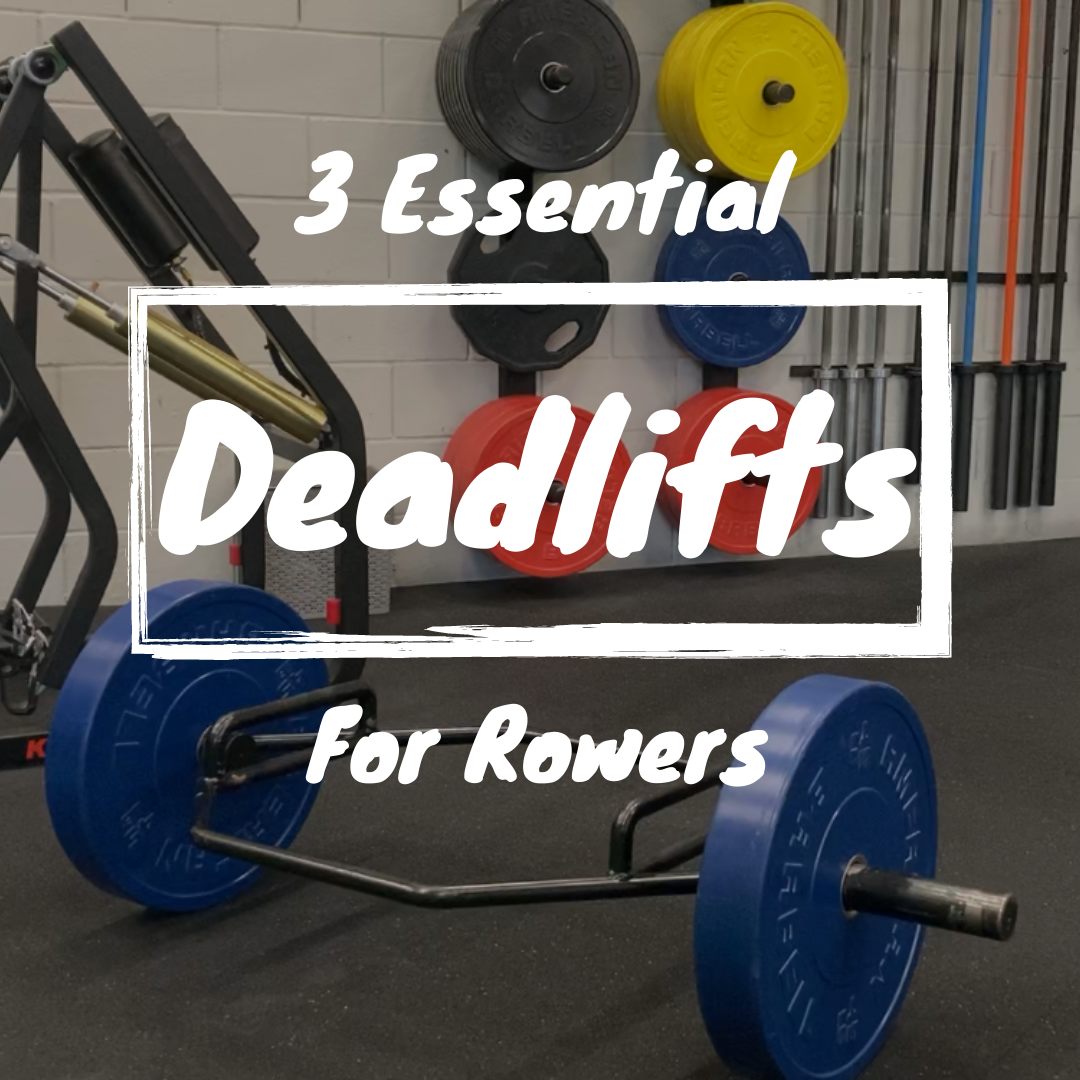
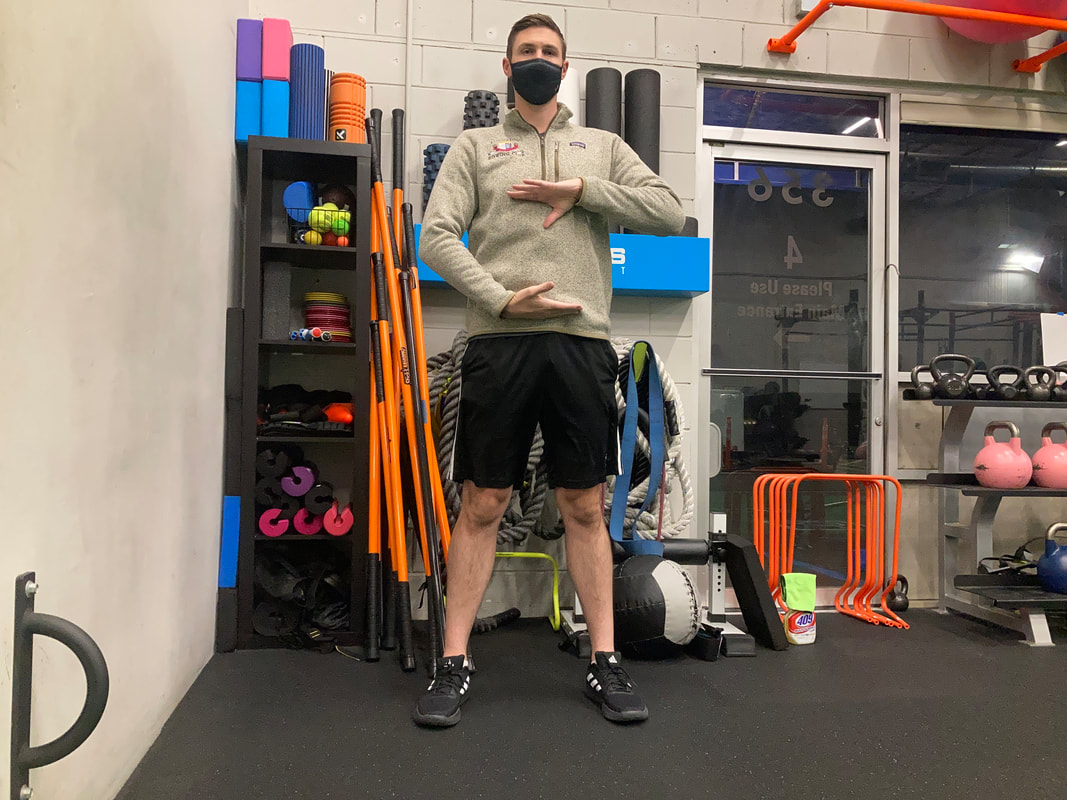
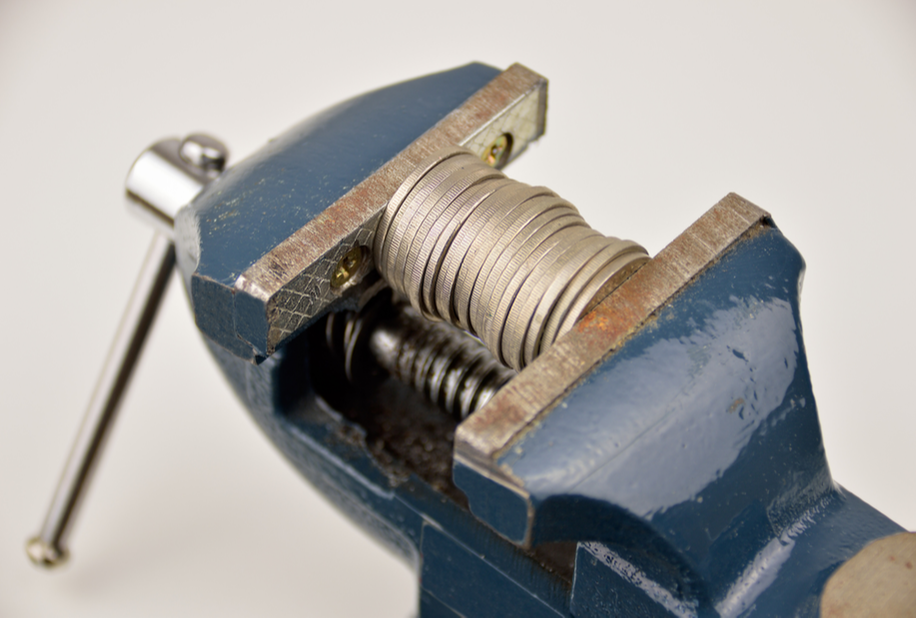
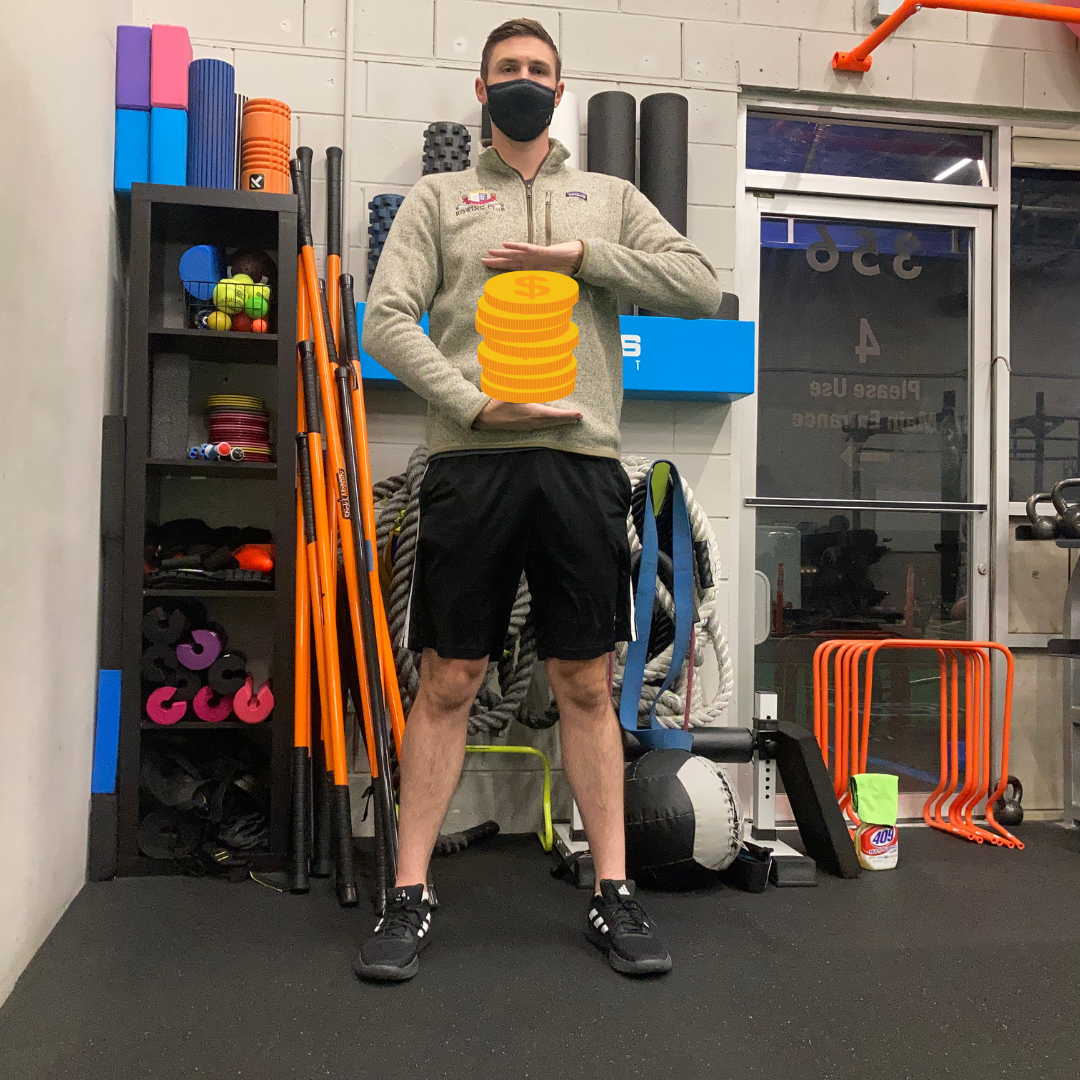
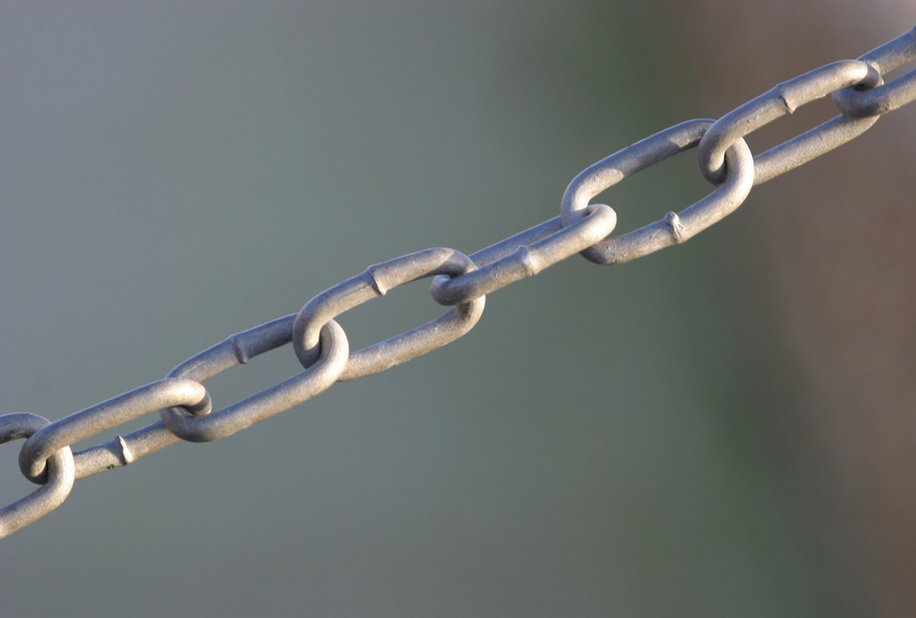
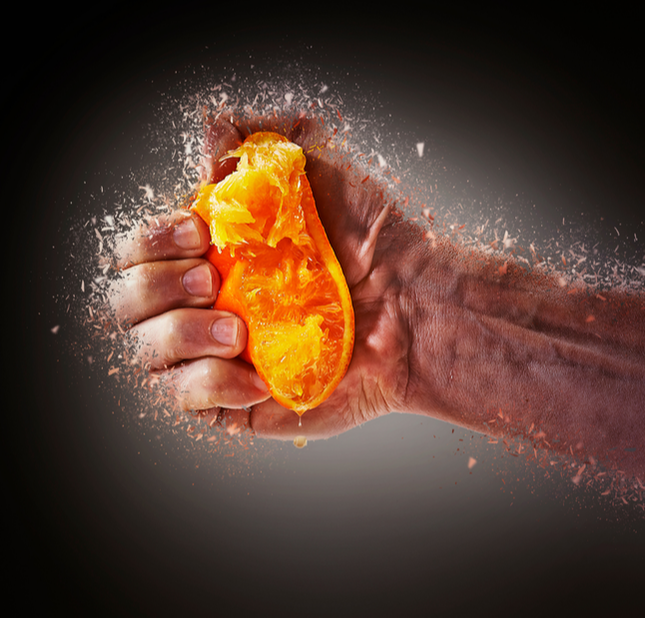


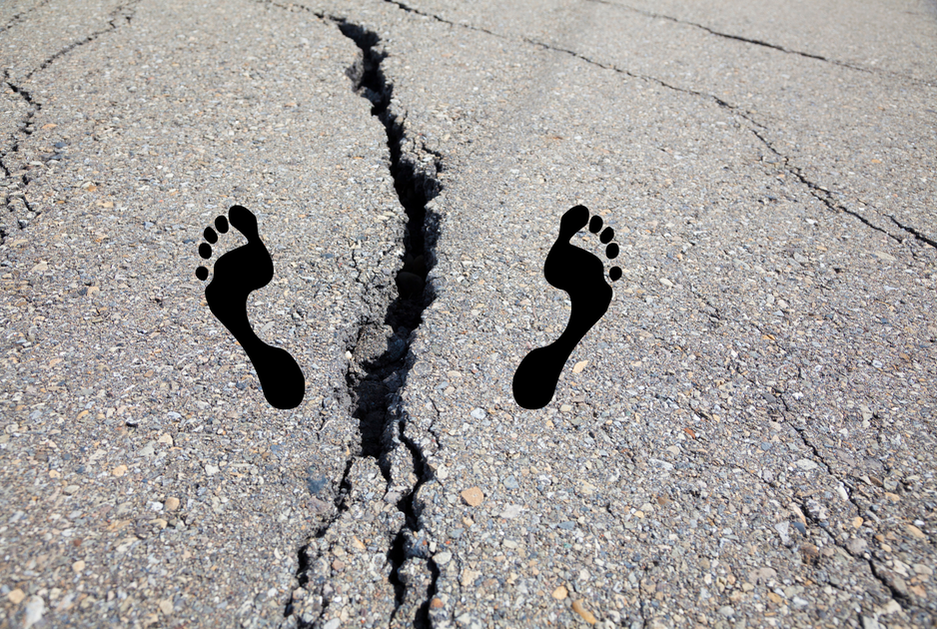
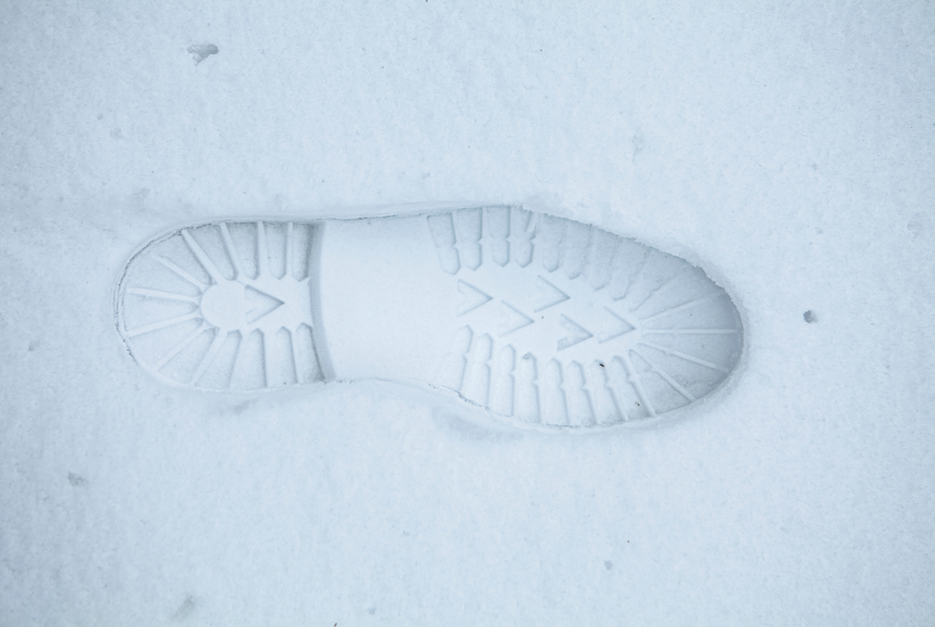
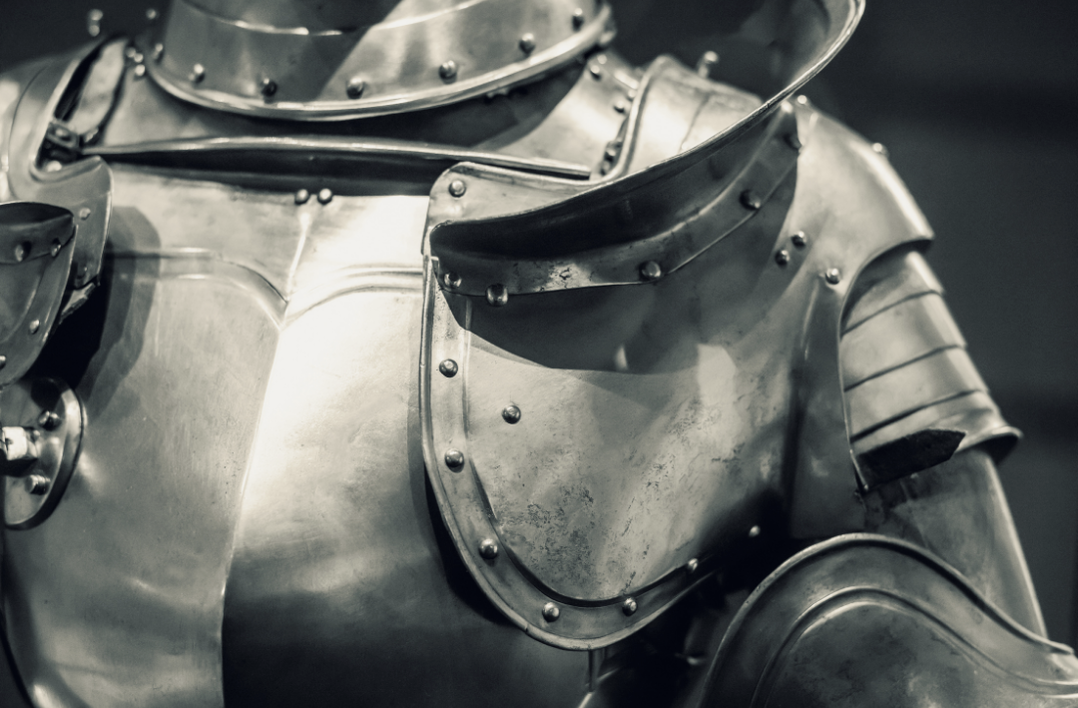
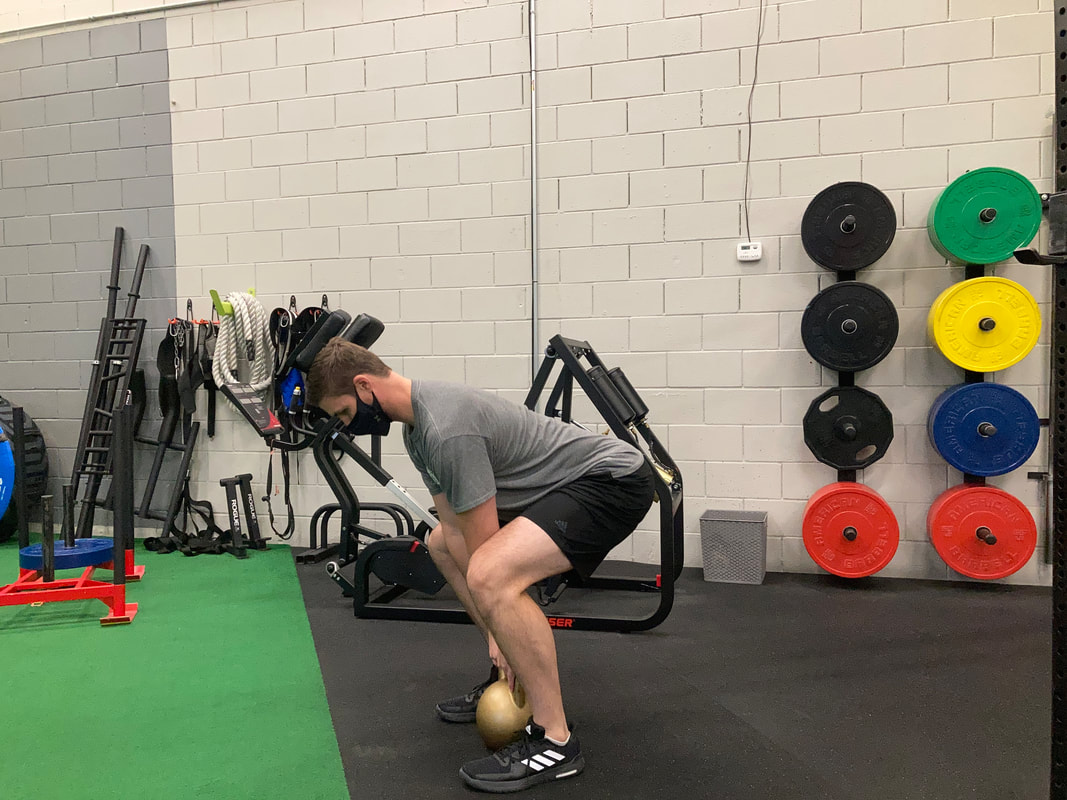
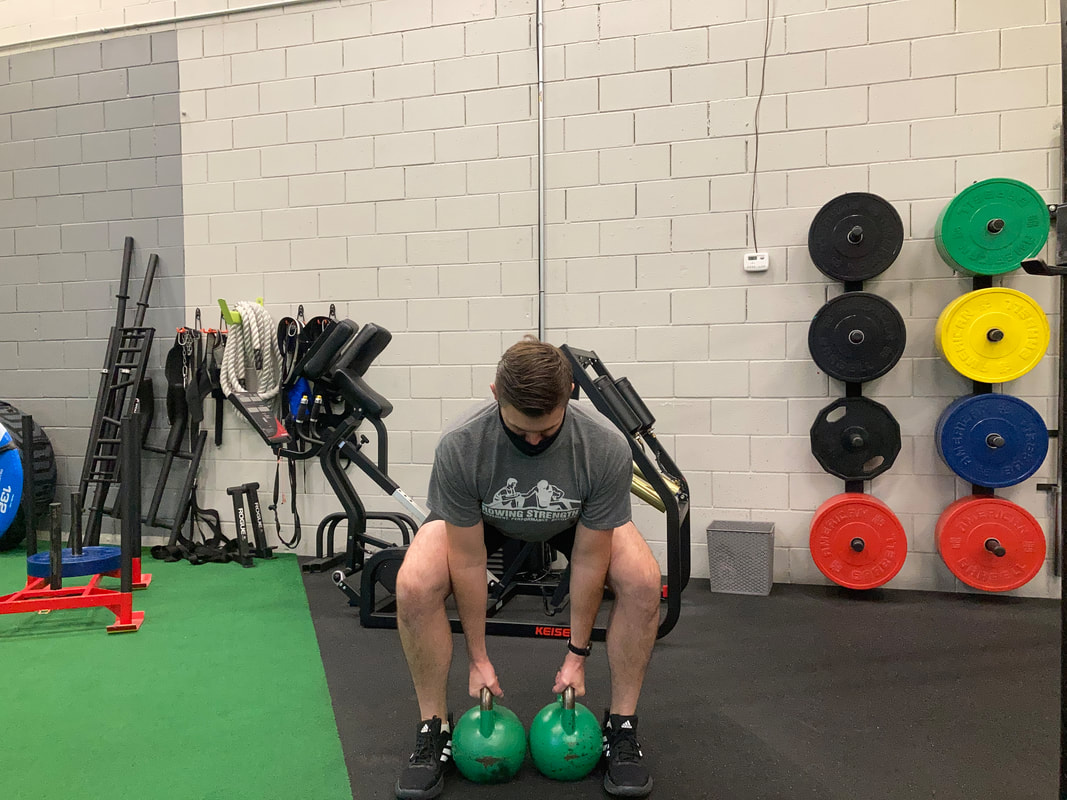
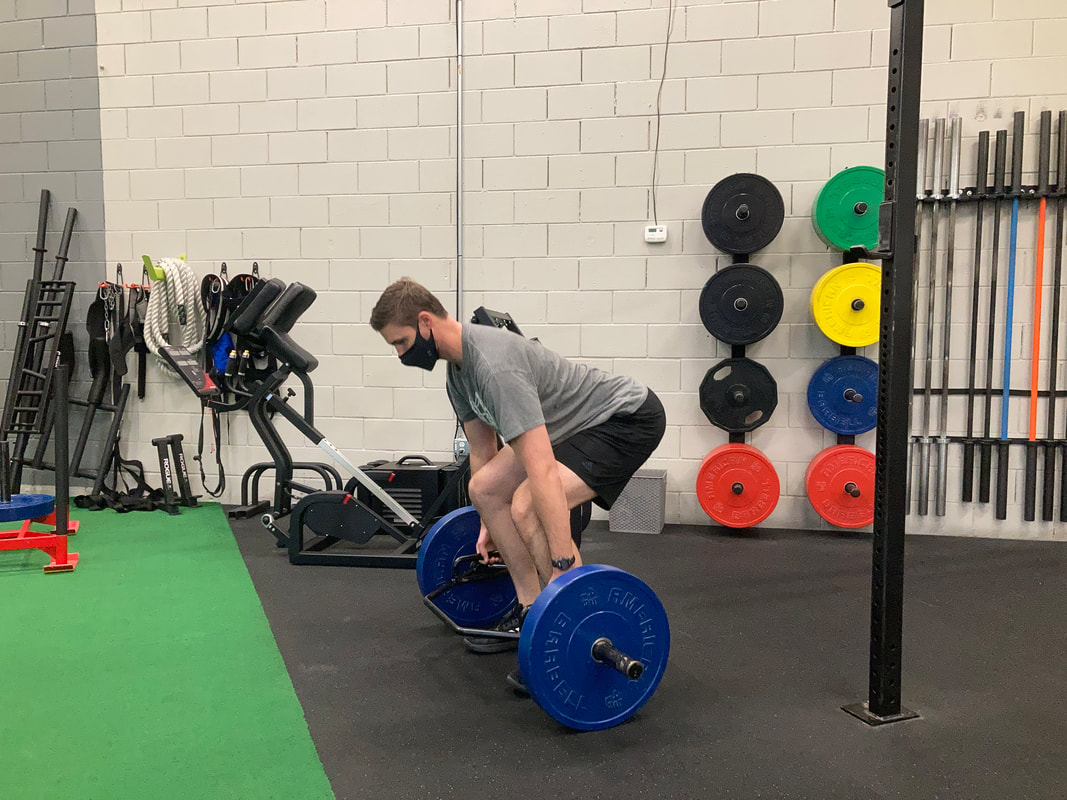
 RSS Feed
RSS Feed